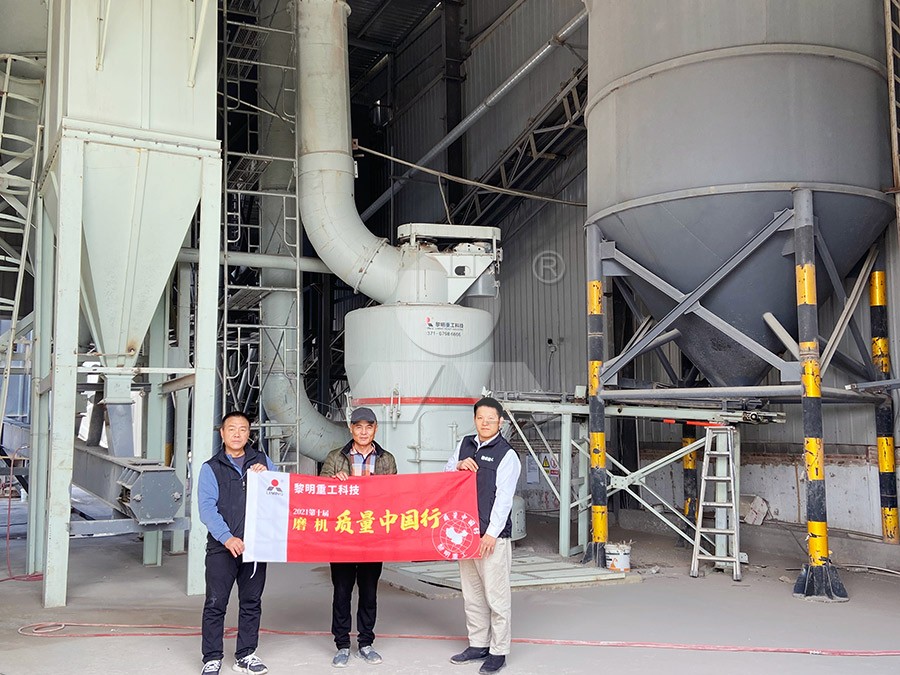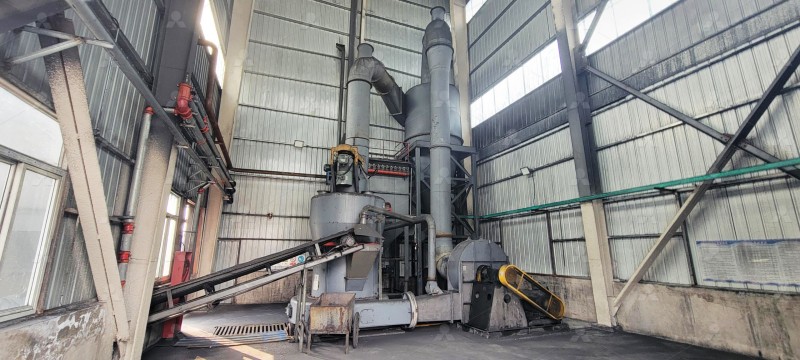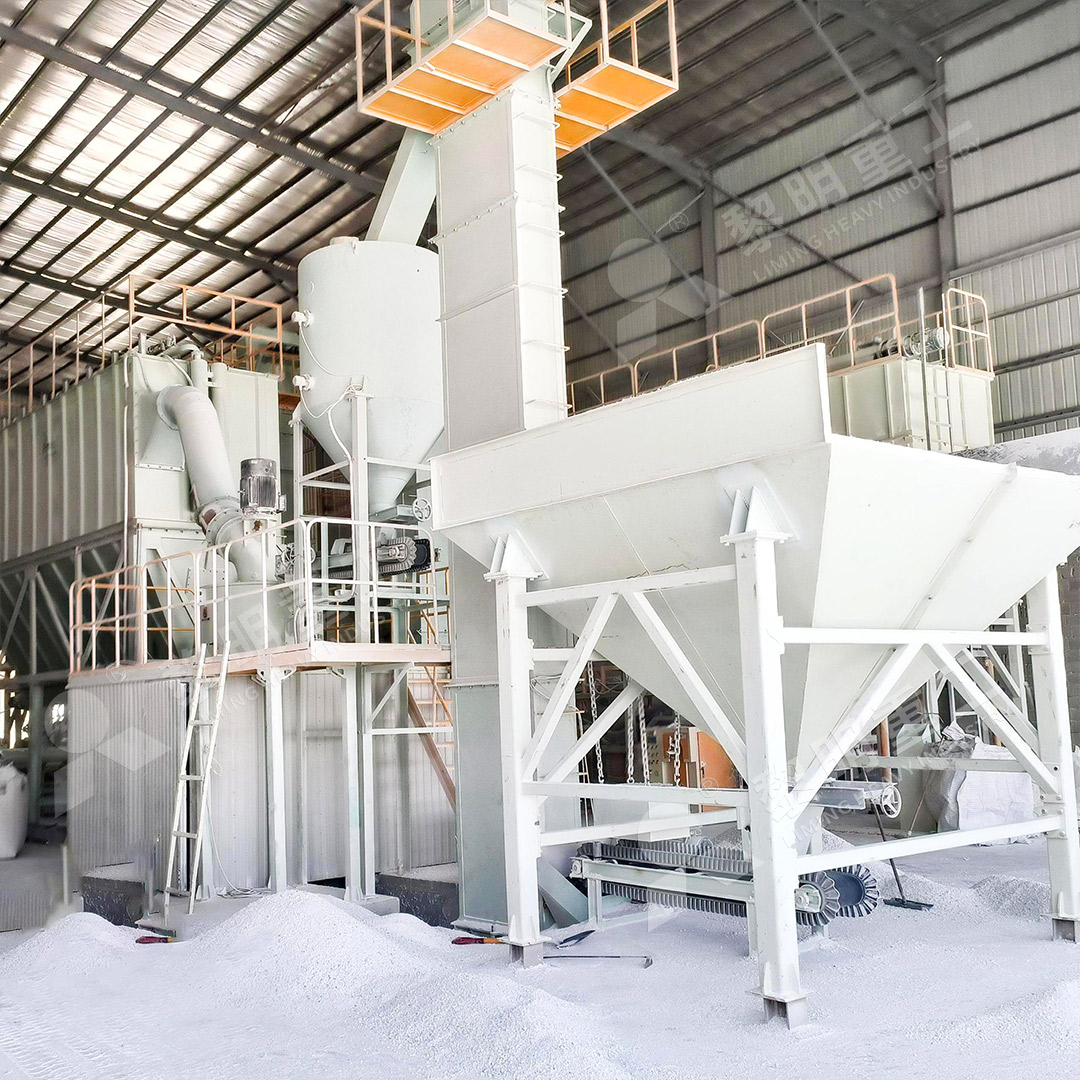3016 Raymond Mill Grinding Roller Lower Shaft Replacement Guide
3016 Raymond Mill Grinding Roller Lower Shaft Replacement Guide
Maintaining optimal performance in your Raymond Mill operations requires meticulous attention to critical components like the grinding roller lower shaft. This comprehensive guide outlines the professional procedure for replacing this essential part in your 3016 Raymond Mill, ensuring minimal downtime and restored grinding efficiency.
Pre-Replacement Assessment and Safety Protocols
Before initiating any replacement procedure, conduct thorough equipment inspection. Verify the exact specifications of your 3016 Raymond Mill and ensure replacement parts match original equipment manufacturer standards. Always implement lockout-tagout procedures, disconnecting all power sources and verifying zero energy state before commencing work. Wear appropriate personal protective equipment including safety glasses, gloves, and steel-toed boots.

Step-by-Step Replacement Procedure
Step 1: Grinding Chamber Access
Begin by safely accessing the grinding chamber. Remove the external covers and carefully clean the surrounding area to prevent contamination during the replacement process. Document the existing configuration with photographs for reference during reassembly.
Step 2: Roller Assembly Removal
Loosen the fasteners securing the grinding roller assembly. Using appropriate lifting equipment, carefully extract the entire roller assembly from the mill housing. Support the assembly adequately to prevent damage to adjacent components.
Step 3: Lower Shaft Extraction
With the roller assembly secured in a stable work area, proceed to disassemble the components to access the lower shaft. Remove retaining rings, bearings, and seals methodically, keeping components organized for inspection and potential reuse.

Step 4: New Shaft Installation
Thoroughly clean the housing surfaces before installing the new lower shaft. Apply recommended lubricants to bearing surfaces and carefully press-fit the new shaft into position. Ensure proper alignment using precision measuring tools.
Step 5: Reassembly and Testing
Reinstall the roller assembly into the mill, verifying all clearances and torque specifications. Conduct a preliminary manual rotation test before restoring power. Initiate a controlled test run with minimal material feed to verify proper operation.
Preventive Maintenance and Upgrade Considerations
Regular inspection of grinding components can prevent unexpected failures. Monitor vibration patterns, bearing temperatures, and grinding performance metrics to anticipate maintenance needs. For operations requiring higher efficiency and reduced maintenance frequency, consider upgrading to more advanced grinding technology.
Our MW Ultrafine Grinding Mill presents an excellent alternative for operations seeking enhanced performance. With an input size of 0-20 mm and capacity ranging from 0.5-25 tph, this system features higher yielding with lower energy consumption – achieving 40% higher production capacity compared to jet grinding mills with only 30% of the energy consumption. The innovative design eliminates rolling bearings and screws in the grinding chamber, significantly reducing maintenance concerns associated with traditional Raymond Mills.

Additionally, the LUM Ultrafine Vertical Grinding Mill offers another sophisticated solution with its input size of 0-10 mm and capacity of 5-18 tph. Its reversible structure simplifies maintenance operations, while double position-limiting technology ensures exceptional operational stability – addressing common challenges faced with traditional Raymond Mill configurations.
Frequently Asked Questions
What are the primary indicators that my Raymond Mill lower shaft requires replacement?
Excessive vibration, unusual grinding noises, decreased production efficiency, and visible wear on the shaft surface are key indicators. Regular inspection every 6-12 months is recommended depending on operational intensity.
Can I perform this replacement without professional assistance?
While technically possible for experienced maintenance personnel, we strongly recommend involving certified technicians, especially for alignment verification and final testing phases to ensure optimal performance and safety.
How does the MW Ultrafine Grinding Mill compare to traditional Raymond Mills?
The MW Ultrafine Grinding Mill provides significantly higher efficiency with 40% greater production capacity, adjustable fineness between 325-2500 meshes, and eliminates common maintenance issues through its innovative bearing-free grinding chamber design.
What is the typical downtime for a lower shaft replacement?
With proper preparation and experienced personnel, the complete replacement process typically requires 8-16 hours, though this may vary based on specific mill conditions and component accessibility.
Are there operational adjustments needed after shaft replacement?
Yes, minor adjustments to grinding pressure and classifier settings may be necessary to optimize performance with the new components. Monitor product fineness closely during the initial 24-48 hours of operation.
